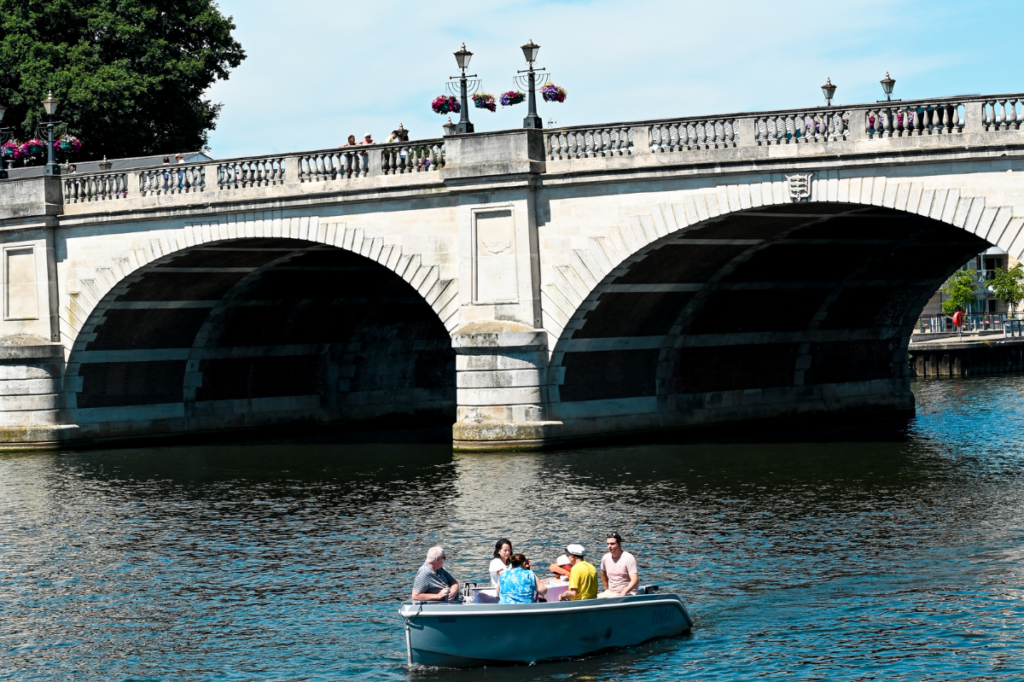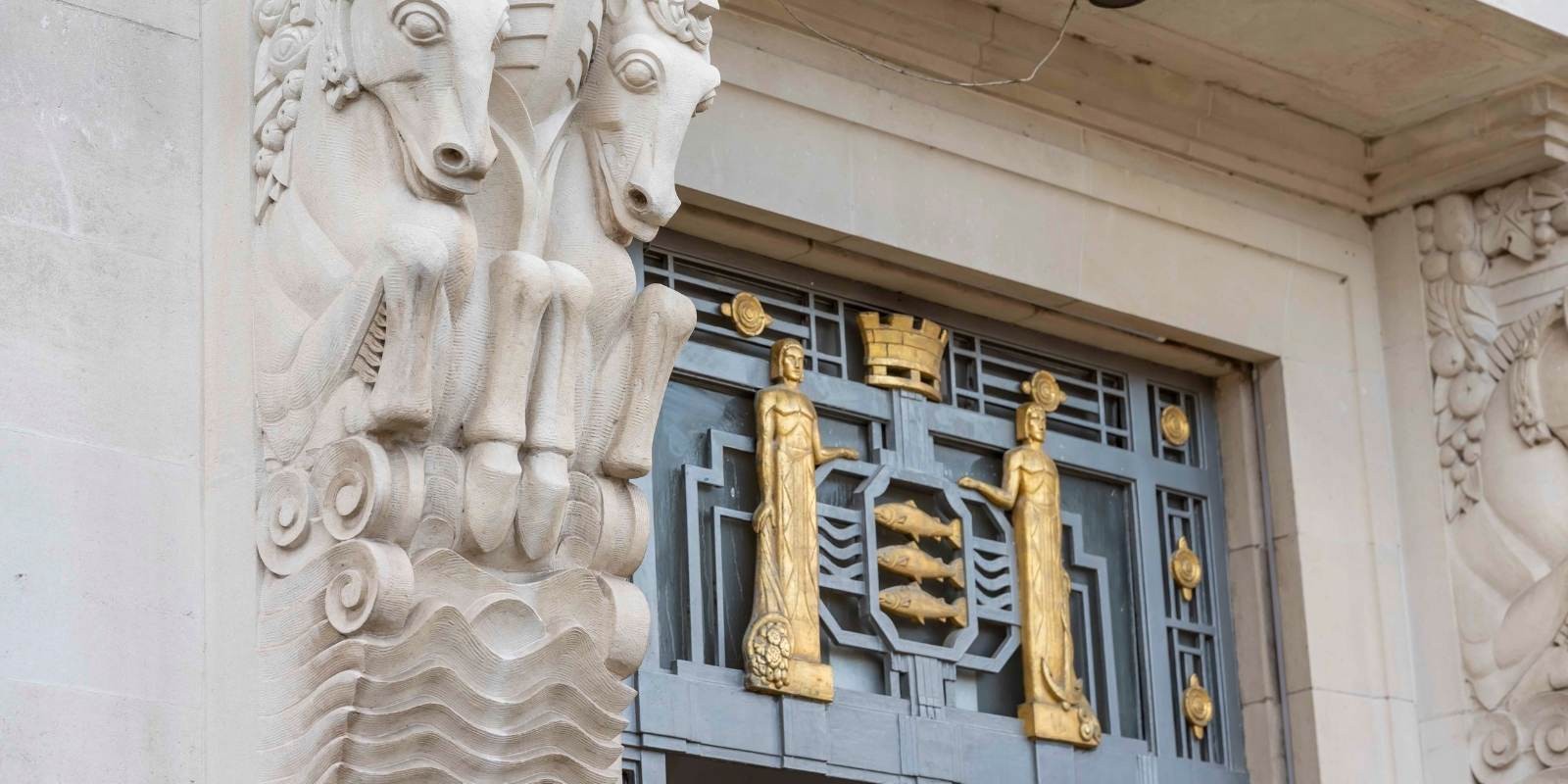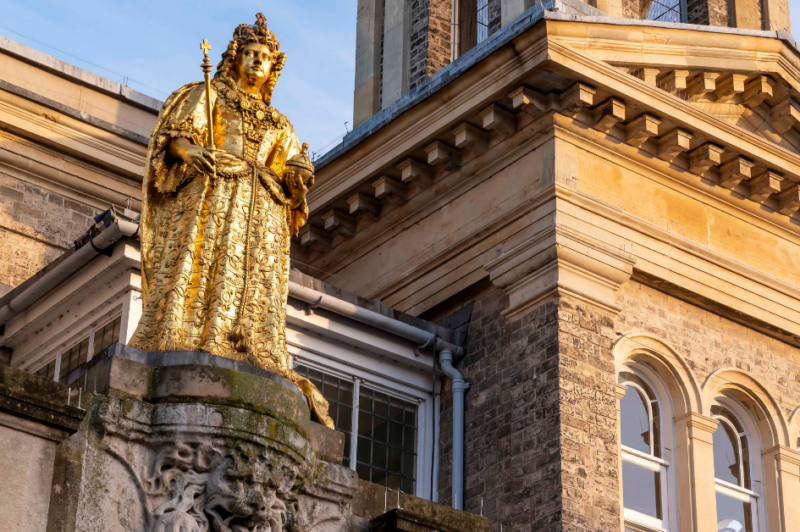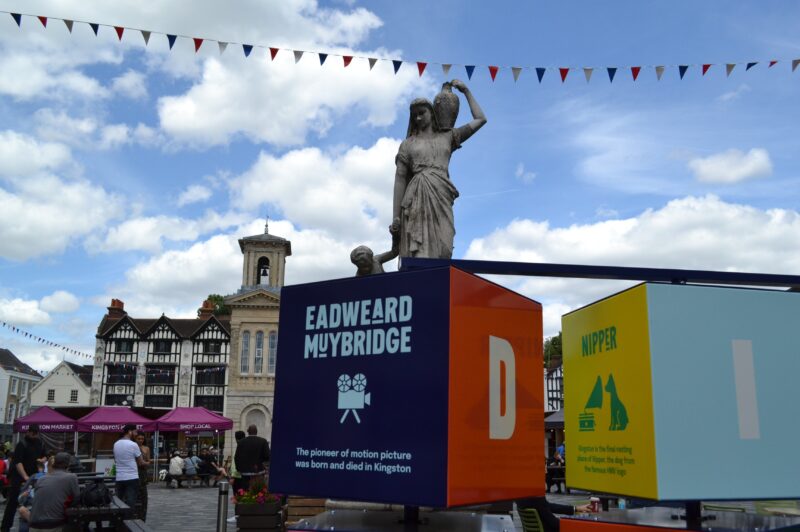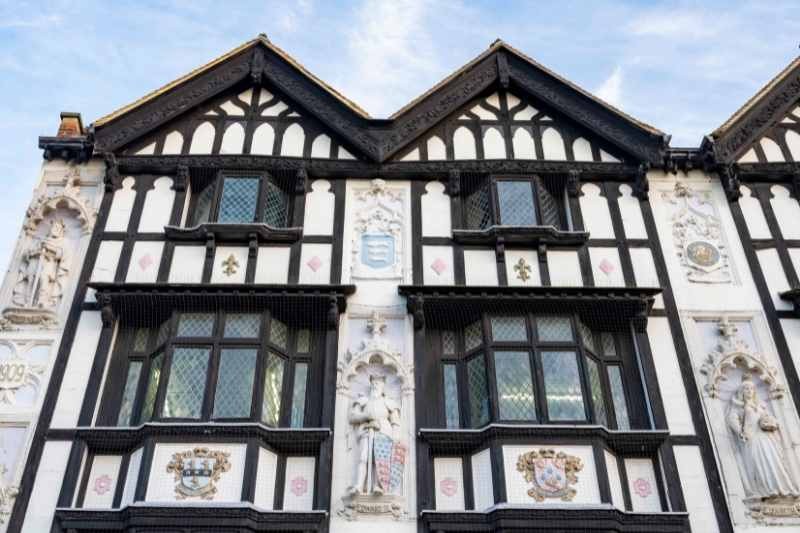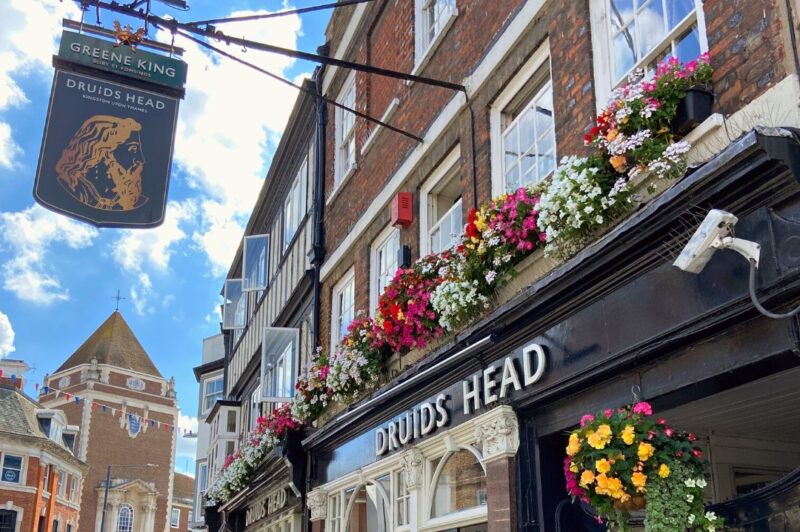Kingston Upon Thames has a long history and is the earliest royal borough, first referenced in 838 AD as Cyninges tun, meaning Kings Estate. Its position on the river, with the only bridge over the river upstream of London Bridge for many years, cemented its importance and dictated its economic development through time.
It’s these buildings that are still standing today that make Kingston so special, so read on to find out more about our town’s rich heritage.
All Saints Church
The current All Saints Church originated back in 1120, but evidence suggests that there was a church in Kingston that existed in Saxon times that may have possibly been on the same site, where King Egbert of Wessex held his great council at the site in 838 AD.
All Saints Church has and still is an integral part of Kingston’s heritage, having held as many as 8 royal coronations, including King Athelstan in 925, who could truly be considered the first King of England.
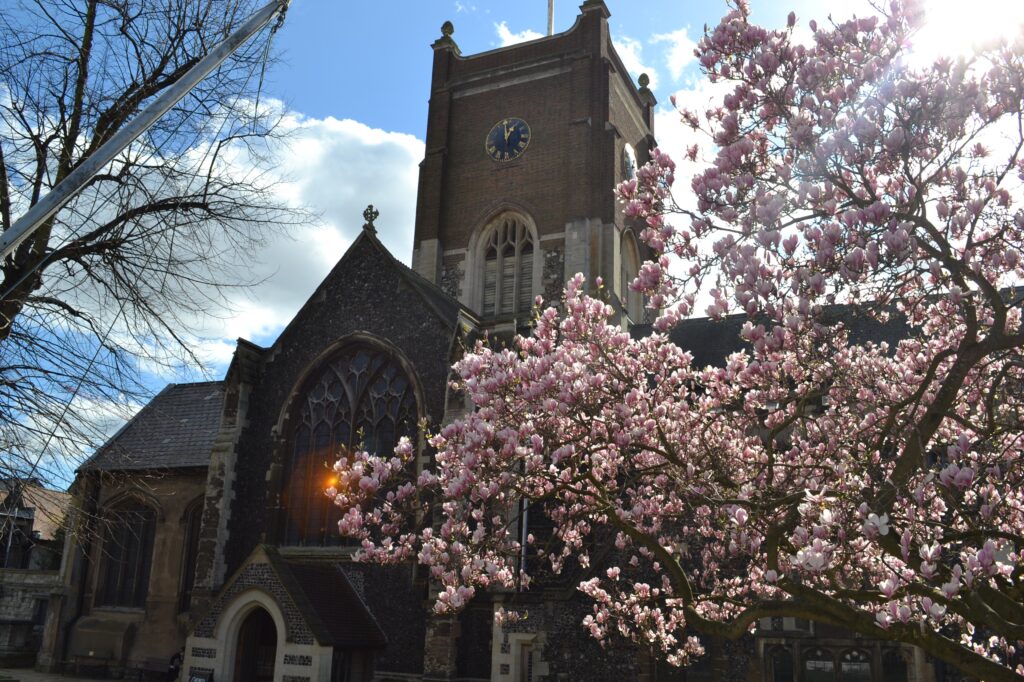
Ancient Market Place
In the late 12th century, the Ancient Market Place was laid out to the south of All Saints Church. The Market House, with its gilded statue of Queen Anne, was built in 1840 and served as the town hall until 1935. It is also worth mentioning another iconic statue, known as ‘the Shrubsole Fountain’, which depicts a woman carrying a water jug, was erected in honour of the town’s mayor of 1877-79 Henry Shrubsole.
Kingston’s historic buildings
There are many beautiful buildings in the Ancient Market Place, not all of which are what they appear to be. The home of Anthropologie on the North side is resplendent with mock Tudor features, which were added to the existing Edwardian building in the twentieth century. The small, unassuming building next door, housing The White Company, dates to around 1500 and is one of the oldest buildings in Kingston. The Druids Head, Kingston’s oldest pub and originally a coaching house, is a Grade 2 listed building constructed in the early 16th century.
War Memorial
Kingston’s War Memorial commemorates the men of Kingston who died in the First and Second world wars. Located in the Memorial Garden on Union Street, the statue depicts a warrior carrying a flaming cross and wielding a sword with which he defends two children from a serpent, representing strength and freedom. It’s also a quiet and relaxing place for contemplation and picnic lunches.
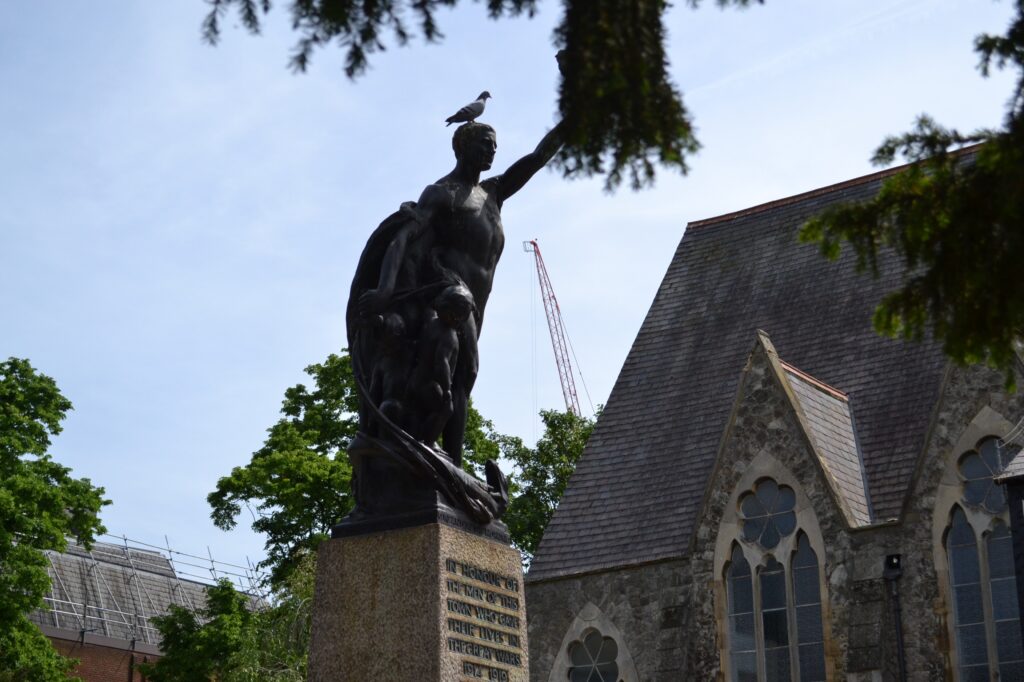
Coronation Stone
The Coronation Stone was originally south of the Market Place but was moved to the Guildhall in 1935. It is an ancient Sarsen stone block (the same stone used for building Stonehenge), which is believed to have been the site of the coronation of seven Anglo-Saxon Kings including Athelstan in 925, Eadred in 946, and Ethelred the Unready in 979.
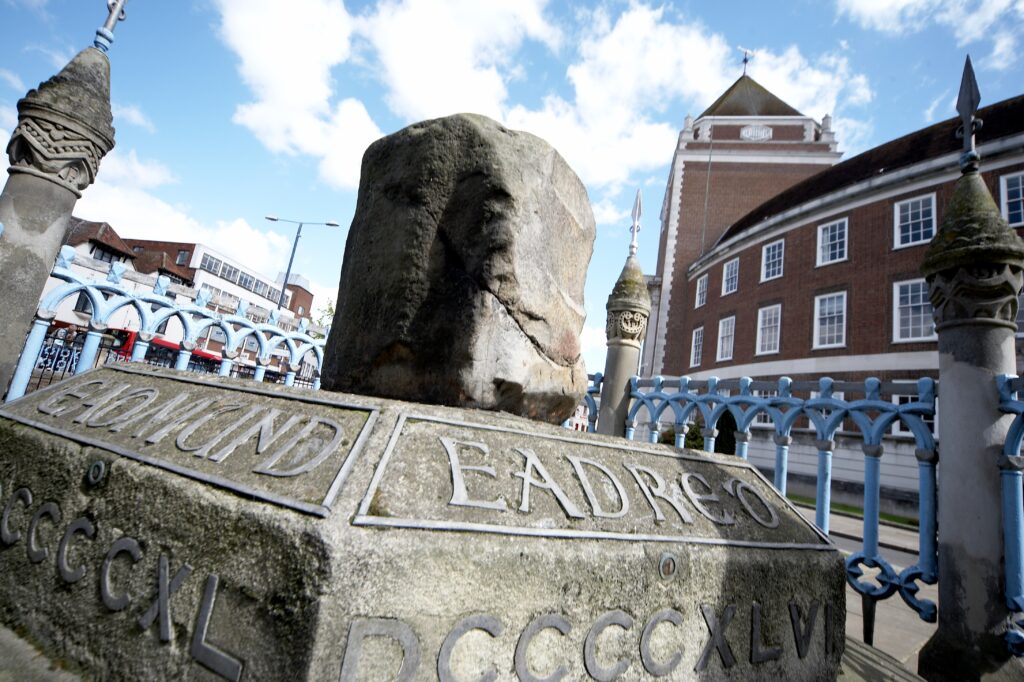
Clattern Bridge
As one of the oldest intact bridges in England, the Clattern Bridge, which crosses the Hogsmill River, a chalk stream full of Chubb and other wildlife, was found to be dated to around 1200. The origin of the bridge’s name ‘Clattern’ came from the clattering of horses’ hooves crossing the cobbles of the bridge.
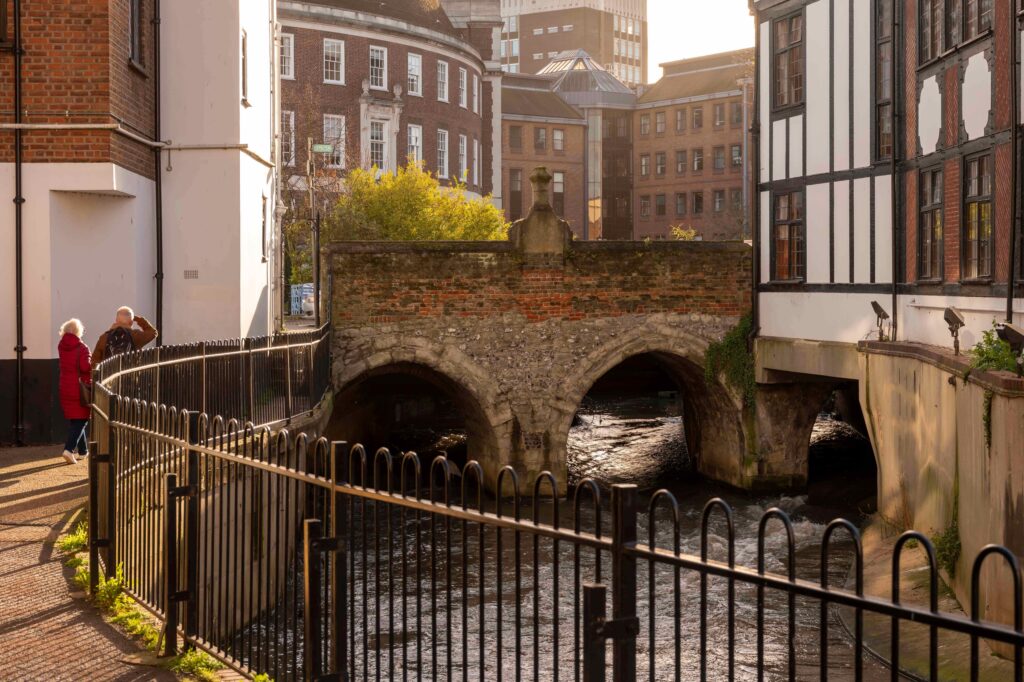
Kingston Bridge
Kingston Bridge was first built in stone in 1826 and widened twice in 1914 and 1998. If you follow the path 100 feet downstream, behind John Lewis, you can see the location (marked in cobbles) of the original wooden bridge of the 12th century, which until the 18th Century was the only crossing over the Thames apart from London Bridge.
